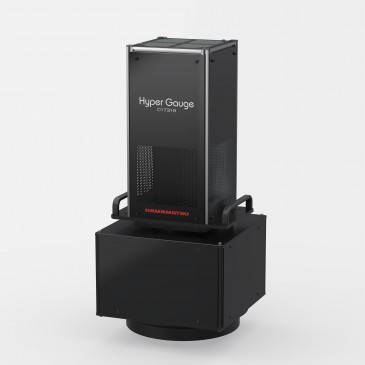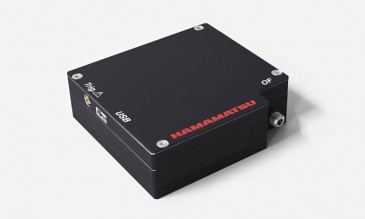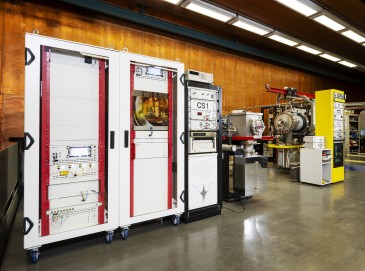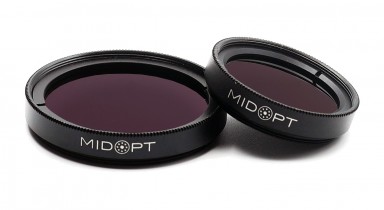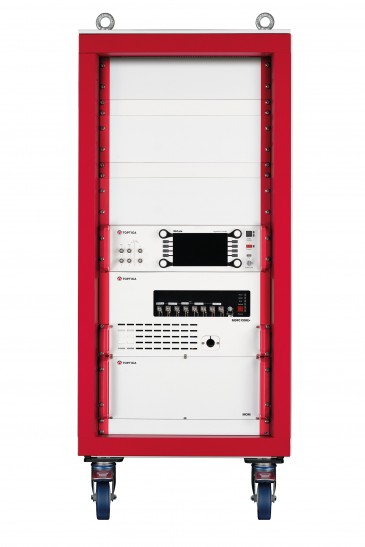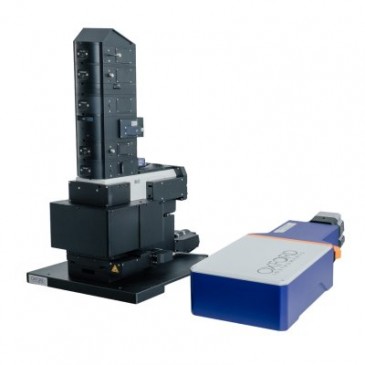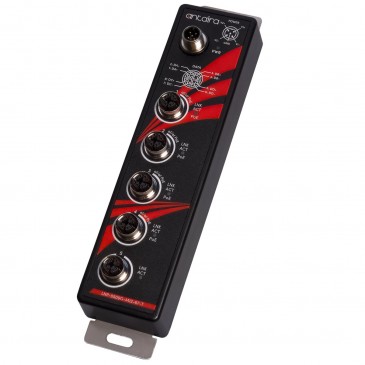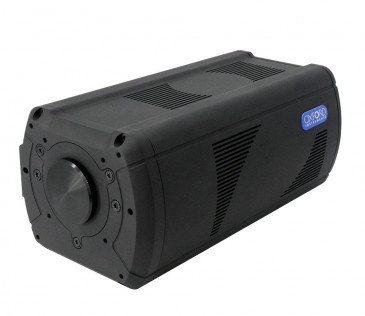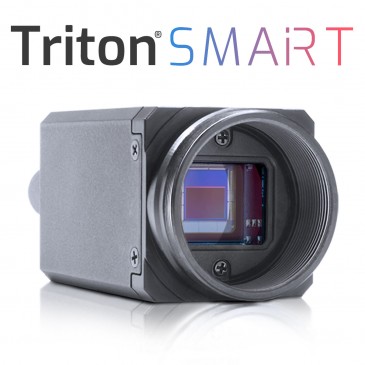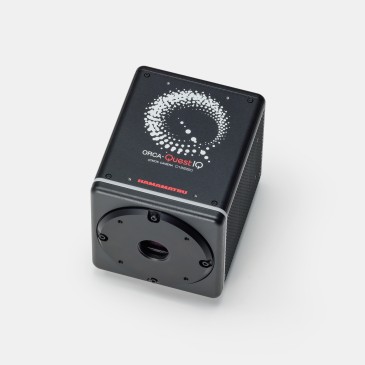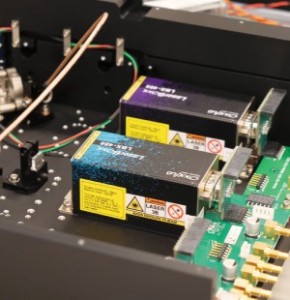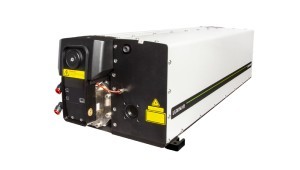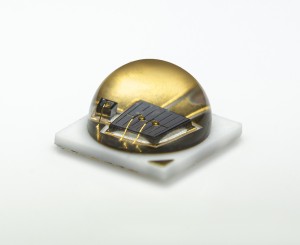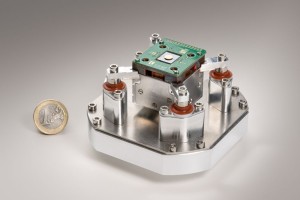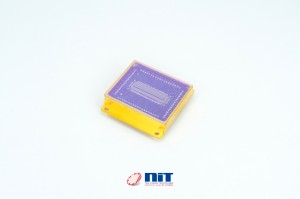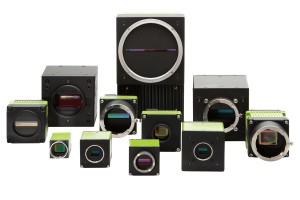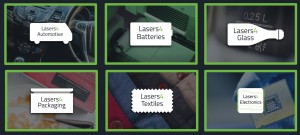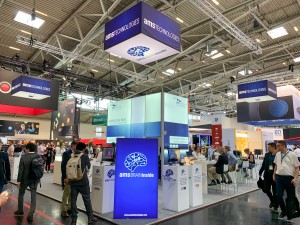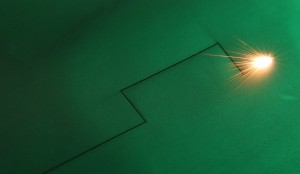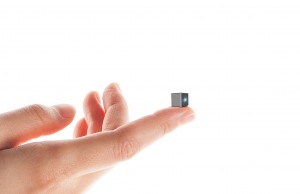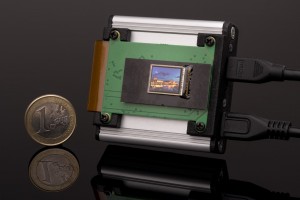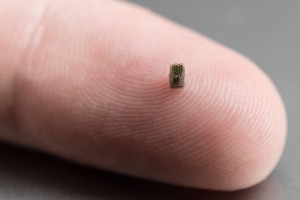
Miniaturization is the driving force behind Nanofabrica, and is something that nearly all key industry sectors strive for in new product development, be it for weight saving, promoting minimally invasive diagnostic or treatment devices in medical scenarios, or a range of advantages that revolve around smaller footprint and increased functionality.
But making it smaller, while seemingly a simple concept, is in fact extremely difficult, and is the obsession of R&D departments working in this space. Scaling down is fine, but at some point, products and components become so small that they are incompatible with the material or fabrication process being used.
Many companies attempting to manufacture at smaller and smaller scale confront problems. Not only is the practice of micro manufacturing itself complicated, but manufacturers are often forced to use technologies to manufacture at the micro-scale that are in fact scaled down versions of macro technologies, and these are often over-engineered and large footprint technologies that are not an efficient solution in micro manufacturing scenarios.
Indeed, in some areas like plastic moulding for example, machines that are designed to facilitate micro moulding are often not fit for purpose, or are so expensive to buy and to run that they ramp up the cost of manufacture at the micro scale considerably.
Couple this with the fact that these scaled down macro moulding machines suffer from the side effects of residence time and material degradation common to all moulding processes, (but exacerbated at the micro scale), and use clamping forces and moulding pressures way in excess of what is necessary for micro moulding, and the demand for alternative technology solutions is obvious.
For reasons based on both physics and practicality, techniques used in macro-scale moulding, machining and indeed assembly are inappropriate for complex devices with micron-scale features.
Assembly is an interesting issue when looking at the micro scale manufacturing. The laws of physics mean that there is a particular set of problems when attempting to assembly small items.
As you move from a macro-scale part to a micro-scale part, when all dimensions scale equally, if one dimension decreases by a factor of 10, volume decreases by 1000. Because of this, the force from gravity (which is related to mass) is also reduced by 1000. However, the force from friction with surrounding objects will only decrease by a factor of 100 because it is dependent on area. As objects get smaller, therefore, surface forces such as friction begin to matter much more than gravity does.
For an assembly operation this has major implications, and again, the demand for a process change that decreases or eliminates the need for assembly is huge.
The need for process change
Working at the micron level in fabrication, Nanofabrica is an expert in (and obsessed with) the optimization of processes and materials to create ever more precise and smaller parts and components. The company’s additive manufacturing (AM) technology is the product of this obsession, and has for the first time given OEMs working to manufacture small scale micro plastic parts the chance to change the process.
In this way, Nanofabrica exist at the 8th fold, and provides an alternative technology that allows manufacturers to overcome the restrictions of conventional micro manufacturing technologies.
AM has existed as a technology for nearly three decades, but has only really become a true alternative “production” technology in the last few years, its previous value being in the area of rapid prototyping.
It is in the area of production that AM is truly disruptive, and is causing manufacturers to assess the value of changing their manufacturing processes to achieve cost-effective manufacture of innovative and cutting edge products and components.
Nanofabrica has focussed its resources into the development of a commercially viable mass production AM platform specifically for micro manufacturing applications, and so as such has pioneered a technology that facilitates process change in the micro manufacturing arena.
For the first time, micro manufacturers can now realistically assess a shift to AM from conventional manufacturing processes as they get to the 8th fold. OEMs can therefore benefit from the inherent advantages that AM offers in terms of promoting part complexity with no increase in cost, eliminating the needs for expensive tooling, reducing part counts and the need for assembly, speeding product development time, easy revision of part design, mass customization, reduction in waste, and reduction in energy costs.
Nanofabrica’s AM technology combines innovation in materials, software, and hardware to allow the repeatable mass manufacture of micro parts and components with micron-scale features. Today it is the 8th fold alternative for manufacturers in the areas of micro optics, semi-conductors, micro electronics, MEMS, micro fluidics, and life sciences, making products such as casing for microelectronics, micro springs, micro actuators and micro sensors, and numerous medical components such as micro valves, micro syringes, and micro implantable or surgical devices.






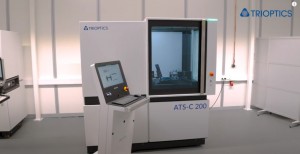
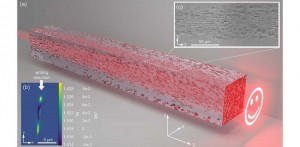
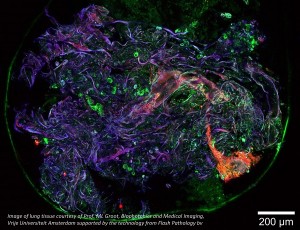

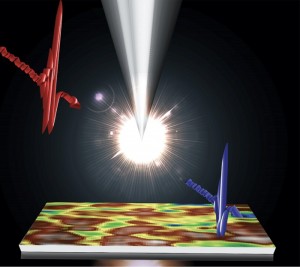

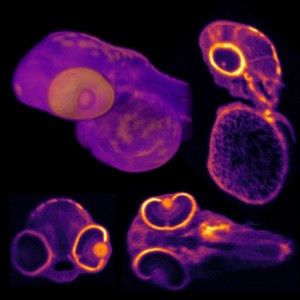
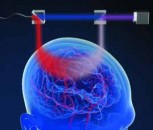

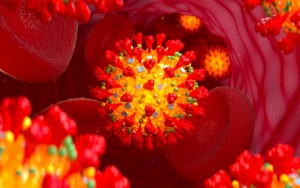
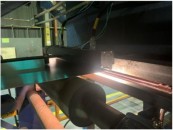




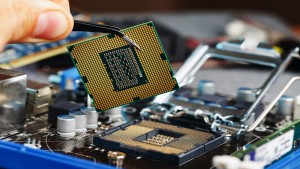
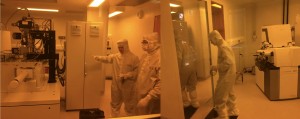
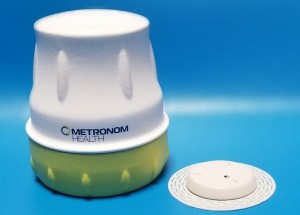


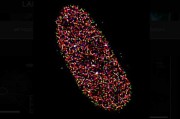
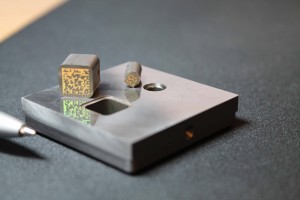

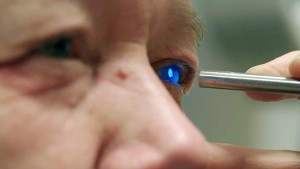
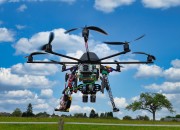
 Back to News
Back to News